
David Austen
Underworld
23 March - 9 June 2019
This exhibition offered up a new constellation of work by British artist David Austen, bringing the breadth of his artistic practice to audiences in Scotland for the first time.

23 March - 9 June 2019
This exhibition offered up a new constellation of work by British artist David Austen, bringing the breadth of his artistic practice to audiences in Scotland for the first time.

Since the 1980s Austen has worked as a painter, sculptor, printmaker and filmmaker. The stylistically diverse elements of his work come together to reveal an often dark yet endearing vision of the world. The artworks in this exhibition, from oil paintings on heavy flax canvas and delicate watercolour works on paper to suspended sculptural objects and cinematic film projects, created an otherworldly space inhabited by Austen’s strange and lovelorn characters.

With sources as varied as 19th century literature, poetry, ancient myth and film noir, the impetus of Austen’s work often derives from his immediate surroundings. There is a liveliness and generosity in his approach to art-making, a delicacy of touch, a delight in the unexpected, and a disarmingly nuanced understanding of complex human emotions. Each object and artwork in this project stood alone and spoke for itself yet simultaneously connected with others in the spaces, forming multiple narratives across the galleries.
Underworld sought to create a mythical space for viewers to journey through, punctuated by the artist’s poetic musings on the known world, the imagined world, the bright celestial heights above us and the shadowy, unknowable depths below.

David Austen (b.1960 Harlow) is an artist based in London. A graduate of the Royal College of Art (1985), he has exhibited widely over the past 30 years.
Solo exhibitions include: The Drowned, Matt’s Gallery, London (2018); The stars above the ocean... the ocean beneath the stars, David Totah Gallery, New York (2018); Black Heart, Museo d’Arte Contemporanea di Cogliandrino, Basilicata; End of Love, Modern Art Oxford (2010); and My love, I have been digging up my own bones in the garden again, Ingleby Gallery, Edinburgh (2009). His work has been featured in major international group projects and is held in collections such as Tate, British Council, Arts Council England and the Government Art Collection.
He is represented by Ingleby Gallery, Edinburgh.
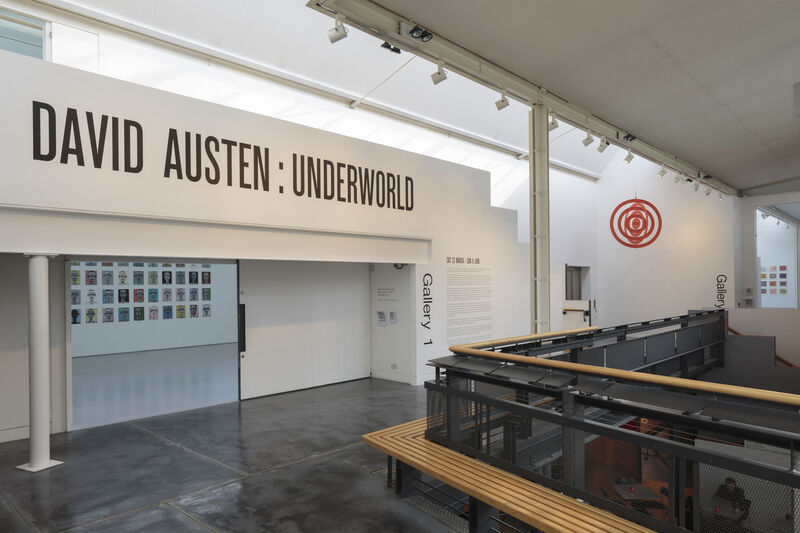
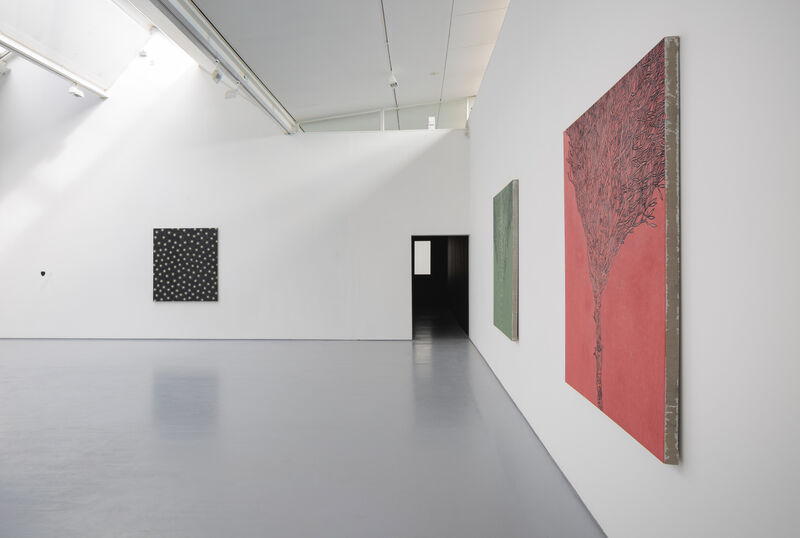
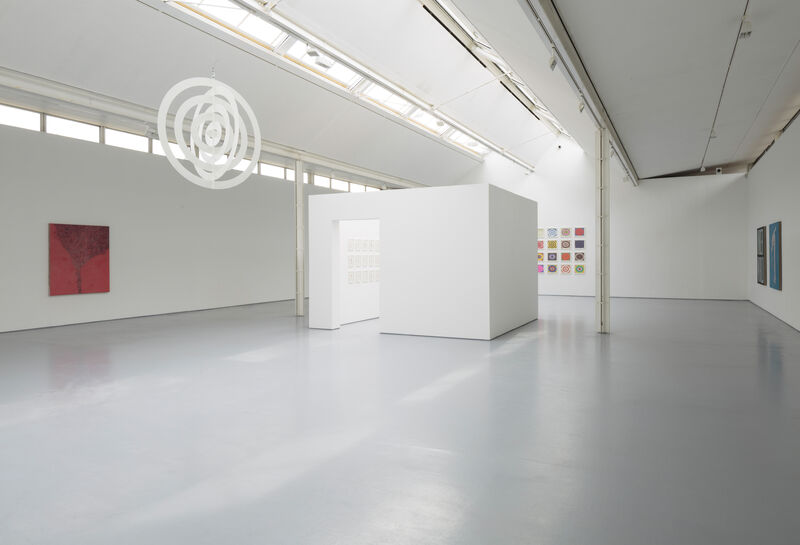
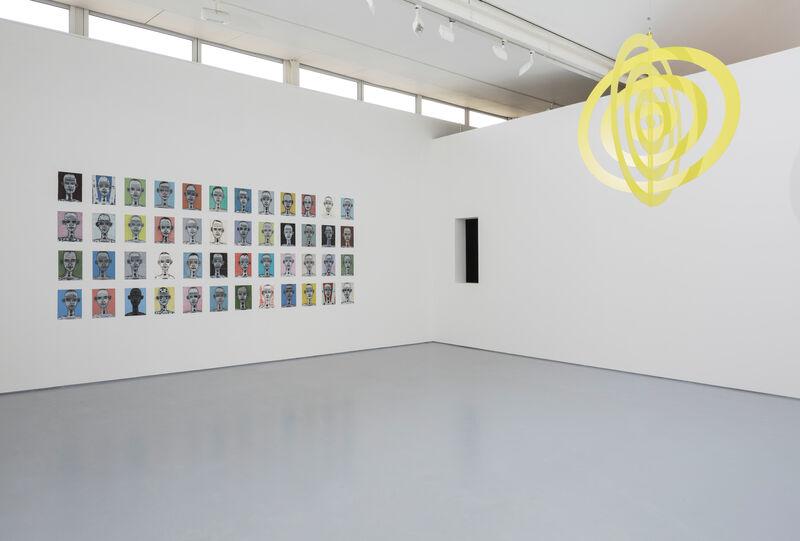
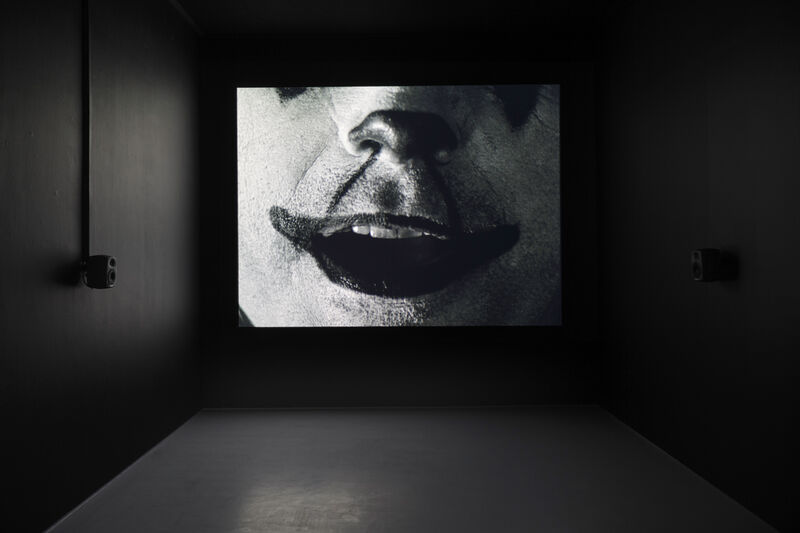
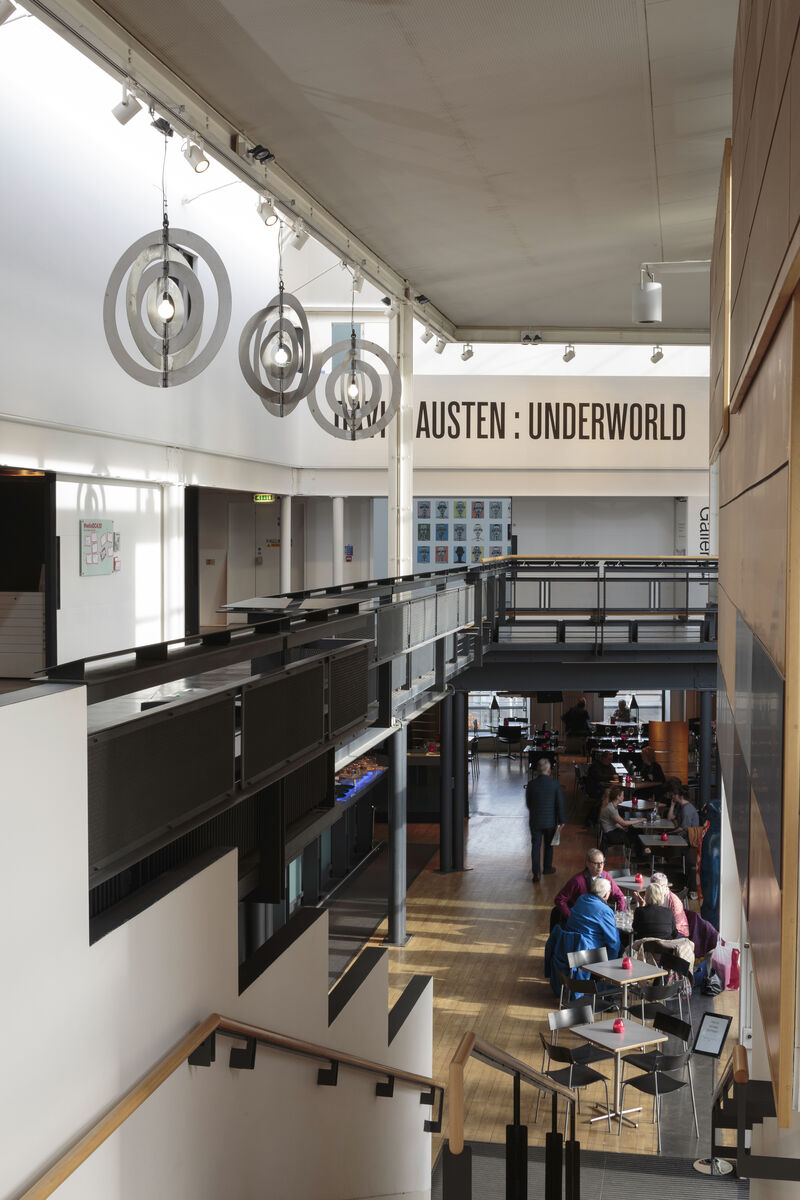
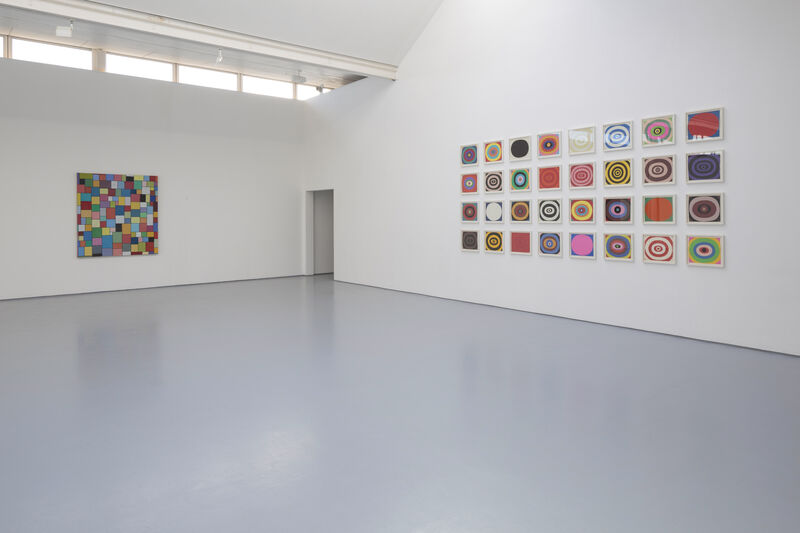














We use necessary cookies to enable core functionality such as:
You can disable these by changing your browser settings, but this may affect how the website functions
In addition to necessary cookies, our website may use analytical/ performance cookies, targeting cookies and functionality cookies: please click ‘More information’ below for further details
You can choose to allow or manage these additional cookies individually or you can select ‘Accept all’.
If you choose to ‘Reject all’, we will not use cookies for these additional purposes
